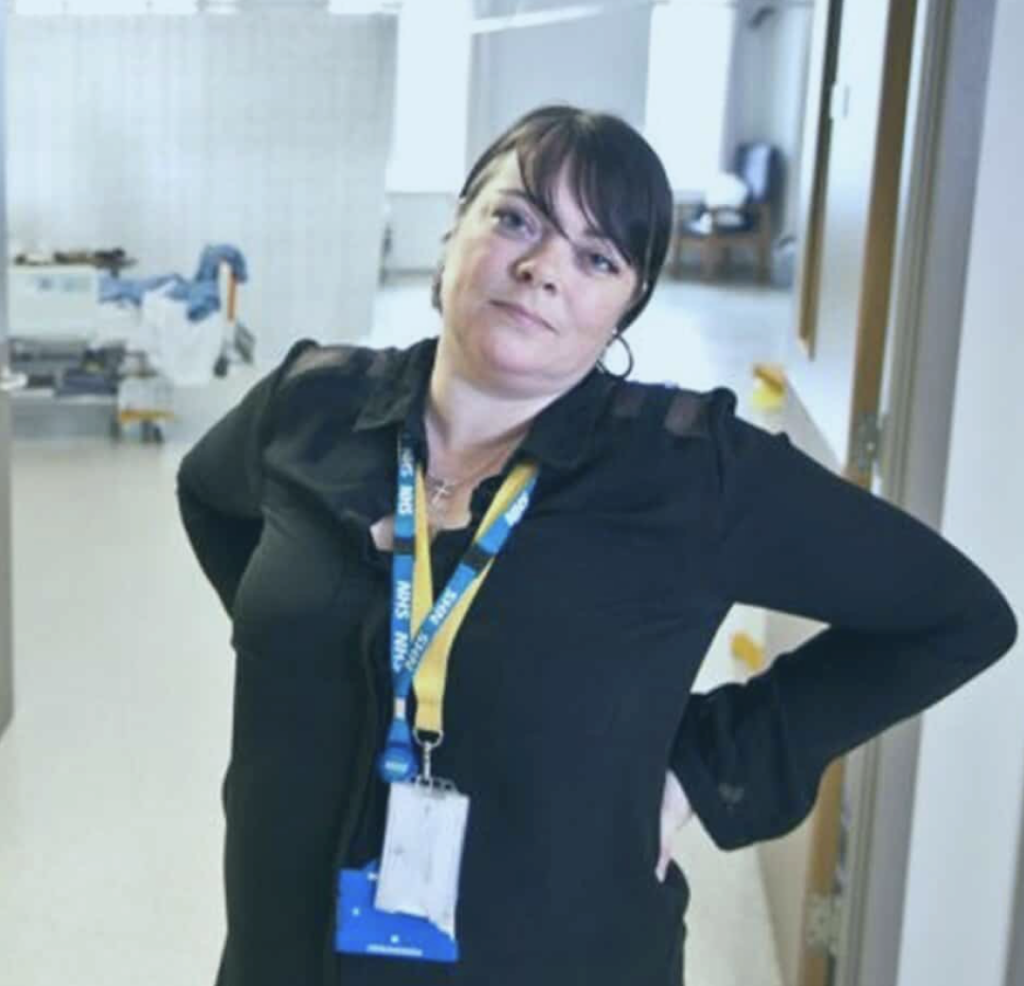

Service Design
Lived Experience in Service Design and Innovation involves your service users in co-production.
Their views are used in the research, planning, delivery and development stages of creating new services.
Full co-production involves users in design and delivery, but it isn’t always possible. Many organisations adopt a co-design approach instead. This focuses solely on designing services.
Co-design can be used to:
– Measure the impact of a service and how it can be improved.
– Gather insights. Gain an understanding of the challenges or issues facing your service users.
– Identify the needs of your service users and use these to shape your decisions and plans.
– Develop new services.

Benefits of Using Co-design
Adopting co-design techniques can lead to many benefits, including:
– Giving service users a voice in shaping services
– Building trust with service users by responding to their feedback
– Valuing the insights and experiences of service users
– Designing services based on real needs, which leads to better outcomes

Practical Examples of Co-design
Here are some practical ways to implement co-design:
– Peer Research: Train service users to gather information, analyse data, conduct interviews, and create surveys
– User Forums: Organise discussions with diverse groups of service users to gather insights and feedback
– Lived Experience Roles: Include service users in your teams from start to finish by creating roles for them

Things To Consider When Co-designing
Involving service users has huge benefits, but it can also bring some challenges:
– Additional time needed to facilitate consultation
– Identifying and removing barriers to participation
– Managing sustained levels of engagement
– Recruiting working group members

Inclusive Hiring Practices
When bringing people onto a team, it’s important to clearly define roles and involvement. They, and the team, should feel supported.
Consider any additional requirements that they need. This helps create an inclusive environment that values everyone.



Being clear about involvement
Service users need to feel like they can participate and be treated as equals.
You need to be clear from the start about the level of their involvement, when this will happen, and why this is being done.
This helps create a culture of trust and respect and helps to develop a collaborative environment.

Paying for contributions
Volunteers should not be out of pocket when giving up their time to help others. They should be compensated for their time and efforts.
This is seen as good practice and recognises the value of what people bring. Where possible, recognise contributions by paying travel expenses or handing out meal vouchers.
Check that your contribution will not negatively affect those who receive benefit payments.



Provide Training and Support
Help individuals with lived experience succeed in their roles. Offer additional training and support. This includes an introduction to the organisation, its culture, values and goals.
Clearly state how involved each person will be in the project, what is the purpose and aim and what is expected of them.
Create a training package that teaches important skills. Things like participating in meetings, research, evaluation, digital skills, and organisational working practices.

Supporting vulnerable groups
Create a supportive environment by using trauma-informed practices.
Recognise the effects of past trauma to create a supportive environment. This helps prevent re-traumatisation and considers the emotional impact it can have on wellbeing.
Ensure that suitable resources and processes are in place to enable effective contribution.


Resources
Further Reading:
What is co-design? — Beyond Sticky Notes: Kelly Ann McKercher has put together this easy to follow overview of what co-production and co-design.
Sharing the principles of co-design: Emma Blomkamp has put together a handy overview of the principles of effective co-design.
Influence and participation toolkit | Mind: With handy templates and practical templates, Minds’ toolkit can be adapted to services outside of Mental wellbeing, and contains practical advice and tools.

